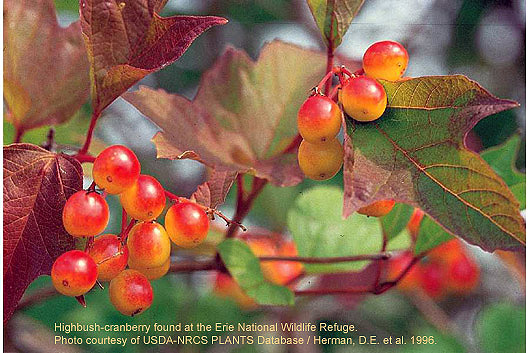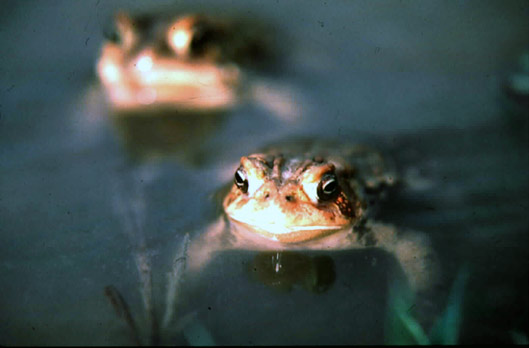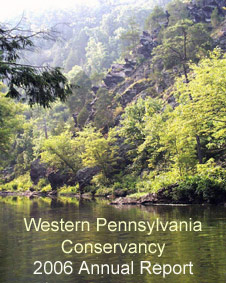
Natural Heritage Operations Merge to Study Forest and Freshwater Ecosystems
WPC builds a statewide
partnership to inventory
and assess
Pennsylvania’s most
ecologically significant
habitats and species
The Pennsylvania Natural Heritage Program (PNHP) provides science-based information that guides conservation work and land use planning for government agencies, local governments, corporations and the conservation community. It is the single comprehensive source of information on the state’s protected and vulnerable species and natural communities.
For the past 25 years, the Western Pennsylvania Conservancy and the Pennsylvania chapter of The Nature Conservancy have hosted separate programs of PNHP in western and eastern Pennsylvania, along with the Pennsylvania Department of Conservation and Natural Resources (DCNR). In July 2006, The Nature Conservancy’s Heritage staff became WPC employees and the Pennsylvania Game Commission and the Pennsylvania Fish and Boat Commission joined WPC and DCNR as full partners in PNHP.
Although the bulk of the PNHP operations now resides with the Western Pennsylvania Conservancy, this partnership of resource agencies and WPC strengthens the program’s conservation leadership and mission.
Natural Heritage projects completed in 2006 include:
"Rare Plants in Erie National
Wildlife Refuge" project and report
for the U.S. Fish and Wildlife
Service. WPC discovered several
environmentally significant areas
such as the Mohawk Run Fen, a
five-acre wet area of special habitat
containing at least four plant
species of special concern in
Pennsylvania. Shrub fens of the
type at the refuge are globally rare
natural communities and, in
Pennsylvania, are classified as
critically imperiled.

WPC staff completed County Natural Heritage Inventories for Blair, Somerset, Susquehanna and Tioga Counties in 2006.

WPC builds a Seasonal Pools Online Registry, with State Wildlife Grant funding. Citizen-scientists voluntarily document the temporary wetland habitats of plant, reptile, amphibian and invertebrate species. Online registration allows participants to easily upload information on seasonal pools for the study, classification and protection of these communities.

The National Park Service engaged WPC staff to identify and track species and habitats at the Delaware Water Gap National Recreation Area, Fort Necessity National Battlefield and the Friendship Hill National Historic Site.
In 2006, heritage staff performed an Inventory of Bat Community Composition at Hopewell Furnace National Historic Site, Valley Forge National Historical Park, Gettysburg National Military Park and Eisenhower National Historic Park.

Conservation | | Fallingwater | | Gardens | | Join WPC | | Contact | | Press Room
